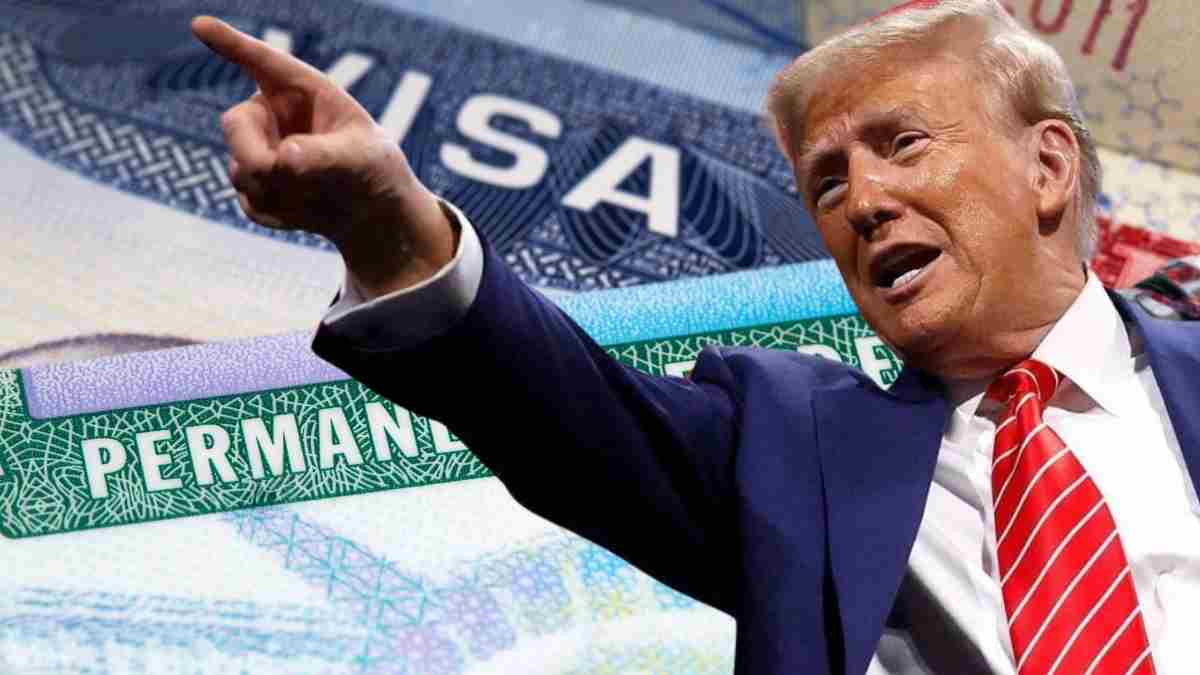Donald Trump proposes that children of foreign nationals born in the United States would only acquire citizenship if at least one parent is a naturalized citizen or a permanent resident.
The victory of Donald Trump in the 2024 U.S. elections has sent ripples of concern through the migrant community, particularly among undocumented individuals. This concern is compounded by the potential elimination of automatic citizenship for children born to foreign parents.
Challenges in Securing Citizenship
As part of his campaign strategy, Trump suggested a significant change to the current citizenship policy. He intends to direct federal agencies to enforce a new rule: for a child to automatically receive U.S. citizenship, at least one parent must be either a U.S. citizen or a legal permanent resident. This proposed measure marks a radical shift from the existing policy, which grants automatic citizenship to nearly all children born on U.S. soil regardless of their parents’ immigration status.
According to a report by The Economic Times, birthright citizenship has historically provided a glimmer of hope for the children of migrants patiently waiting for a Green Card. While it may not immediately benefit the parents, it at least ensured that their children would have some level of stability in terms of immigration status.
Donald Trump’s Views on the Green Card Policy
This is particularly relevant for nationalities that are subject to annual quotas for Green Cards. Many foreign nationals working in the U.S. under H-1B visas find themselves stuck in a decades-long backlog.
Moreover, no single country is allowed to receive more than 7% of the total Green Cards available in employment or family categories. This restriction disproportionately impacts applicants in the employment-based category.
Recently, Donald Trump has expressed mixed opinions on Green Card policies, hinting at potential adjustments. On one hand, he has proposed making immigration easier for skilled workers by suggesting automatic Green Cards for international students graduating from U.S. universities, including those completing two-year programs.




